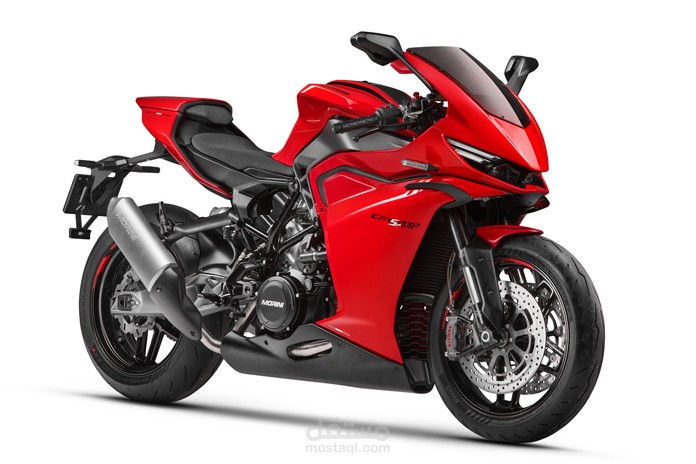Bike Data Automation with Python
تفاصيل العمل
Urban Bike Share Program Analysis
This project explores bike share systems across Chicago, New York City, and Washington, offering a deep dive into how people move through these bustling urban centers. Leveraging Python, it processes extensive datasets to uncover meaningful patterns in bike-sharing behavior — from peak riding hours and popular routes to user demographics and trip durations.
A key highlight is the development of an automated Python script (bikeshare.py) that streamlines the entire analysis. It guides users through selecting cities, months, and days, then generates insightful stats on:
Frequent travel times: Most common months, days, and hours for rides.
Station hotspots: Popular start and end points, plus frequent trip combinations.
Trip durations: Total and average ride times, neatly broken down.
User demographics: User types, gender distribution, and birth year trends (when data is available).
Interactive data views: Users can browse the raw data in chunks for deeper exploration.
This tool not only saves time with automated data filtering and analysis but also equips city planners and stakeholders with valuable insights. The findings can drive smarter decisions for optimizing bike share programs and advancing sustainable urban mobility.
Impact
By painting a detailed picture of urban biking trends, this project helps cities understand how residents and visitors engage with bike share systems — informing policies, improving infrastructure, and encouraging eco-friendly transport solutions.
